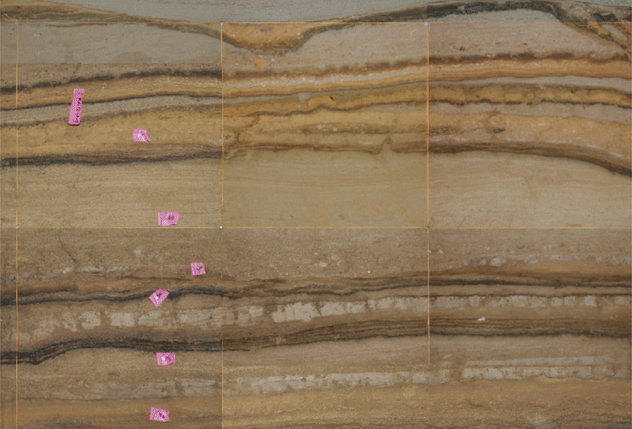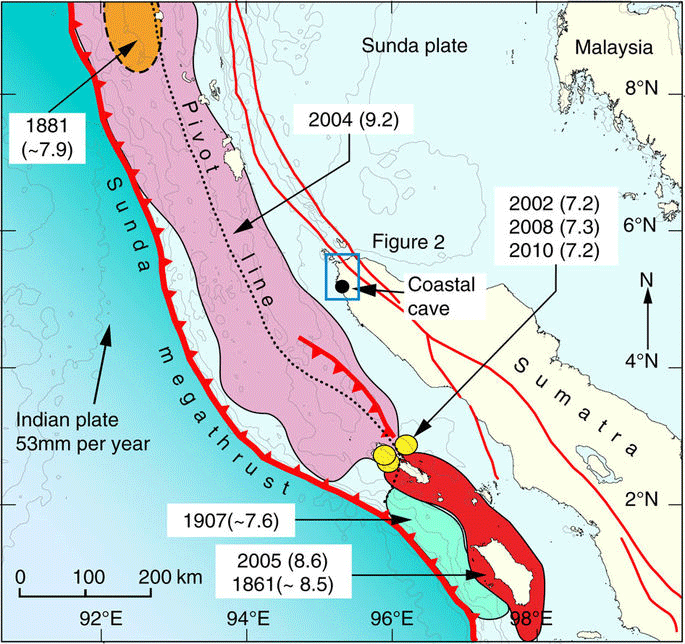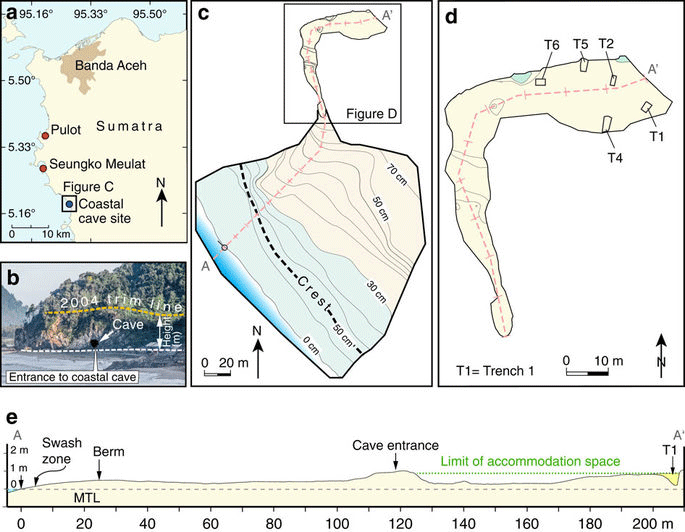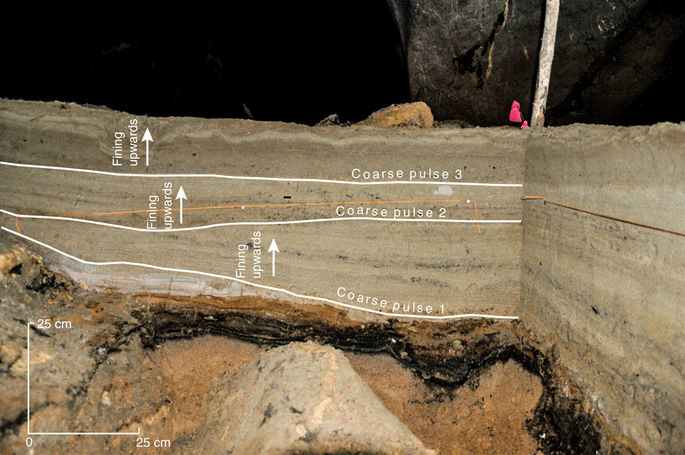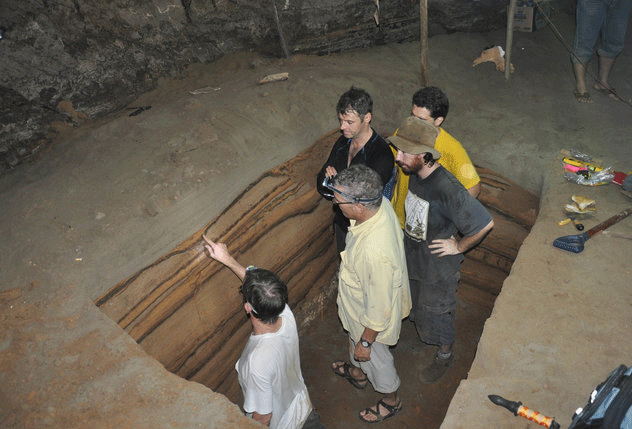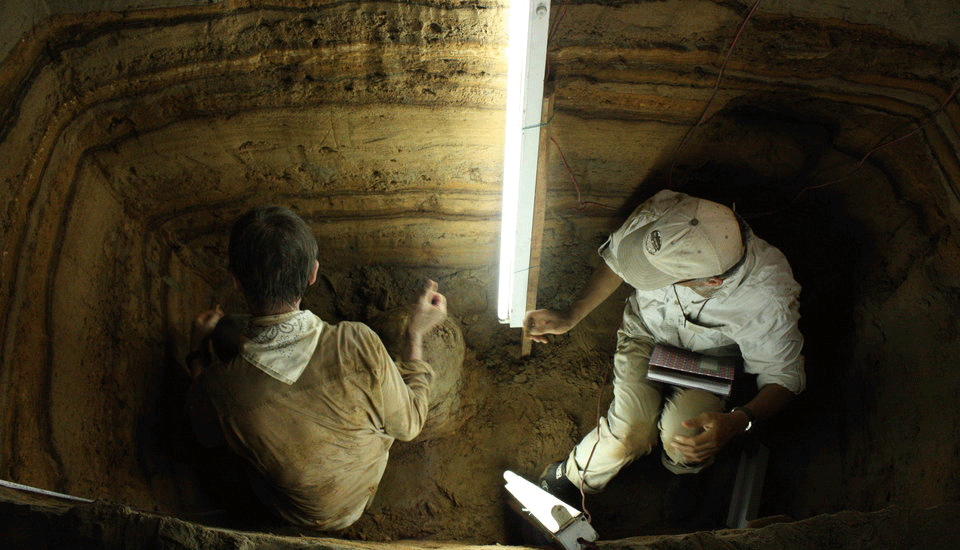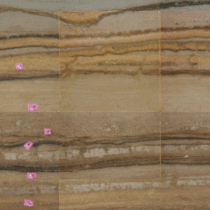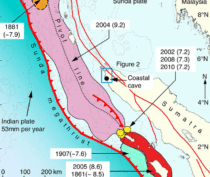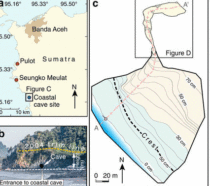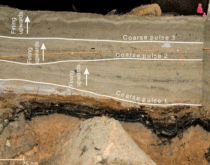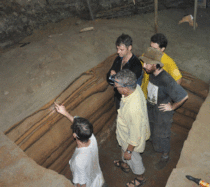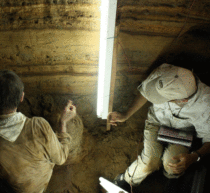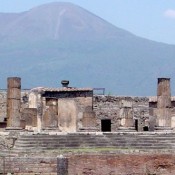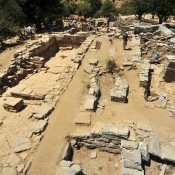Scientists investigating the seismic history of Indian Ocean to better understand quake and tsunami dynamics have discovered a record of tsunamis dating back thousands of years.
After the 2004 earthquake that triggered a tsunami which killed hundreds thousands of people, scientists Charles Rubin and Benjamin Horton along with other colleagues of theirs started studying the seismic history of the region. Archaeologist Patrick Daly at the Earth Observatory of Singapore suggested excavating a sea cave about 22 miles south of Banda Aceh, Sumatra, by plunging a metal cylinder into the substrate and get stratigraphic samples.
Initially the excavations did not show anything remarkable. But as scientists moved on to the interior of the cave they realised that a record of tsunami deposits had been revealed.
A new analysis of the find shows that indeed a 5,000-year sedimentary record of tsunamis in the region had been revealed, showing that between 7,900 and 2,900 years ago eleven tsunamis had been created by earthquakes along the Sunda Megathrust, a fault running along the floor of the Indian Ocean.
Scientists found that during the period recorded there were 2 millennia with no tsunamis while 4 tsunamis struck the coast in one century. Smaller tsunamis tend also to occur relatively close and long dormant periods follow, but then very strong quakes and tsunamis take place, such as the one in 2004. This is the first discovery of such a long-period record of tsunamis found in the world and also in a sea cave.
Another feature that scientists found in the deposit record was that above each of the eleven identified historic tsunami beds there was a thick layer of bat guano.
All tsunami beds found consist of fine-grained sand, pieces of shale and mudstone, chalk and tiny marine animals from the ocean.
Radiocarbon dating helped scientists refine the time past tsunamis occurred. Apart from the frequency with which earthquakes and tsunamis occur, in cycles from larger to smaller events, scientists were also able to conclude that regional hazard mitigation plans should be based on the high likelihood of future destructive tsunamis.
